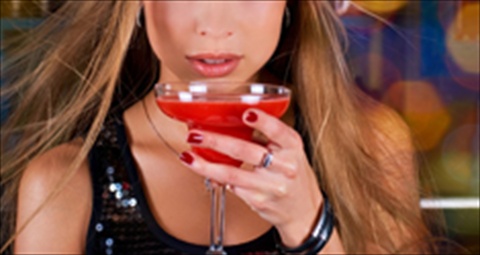Members Login

Channels
Special Offers & Promotions
Researchers identify new brain receptor for fantasy
publication date: Jul 4, 2012
|
author/source: University of Copenhagen

Researchers are closer to understanding the biology behind GHB, a transmitter substance in the brain, best known in its synthetic form as the illegal drug fantasy. These findings have just been published in the scientific journal PNAS.
In the 1960s, gamma-hydroxybutyric acid (GHB) was first discovered as a naturally occurring substance in the brain. Since then it has been manufactured as a drug with a clinical application and has also developed a reputation as the illegal drug fantasy and as a date rape drug. Its physiological function is still unknown.
Now a team of researchers at the Department of Drug Design and Pharmacology at the University of Copenhagen has shown for the first time exactly where the transmitter substance binds in the brain under physiologically relevant conditions. The results have recently been published in the scientific journal PNAS - Proceedings of the National Academy of Sciences USA:
"We have discovered that GHB binds to a special protein in the brain - more specifically a GABAA-receptor. The binding is strong even at very low dosage. This suggests that we have found the natural receptor, which opens new and exciting research opportunities, in that we have identified an important unknown that can provide the basis for a full explanation of the biological significance of the transmitter," says Laura Friis Eghorn, PhD student.
Illegal use and possible antidote
Fantasy is also used as a so-called date rape drug, because in moderate amounts it has sedative, sexually stimulating and soporific effects. The compound is also abused for its euphoric effect, but in combination with alcohol, for example, it is a deadly cocktail that can lead to a state of deep unconsciousness or coma."GHB is registered for use as a drug to treat alcoholism and certain types of sleep disorders, but the risk of abuse presents difficulties. In the long-term, understanding how GHB works will enable us to develop new and better pharmaceuticals with a targeted effect in the brain, without the dangerous side-effects of fantasy," explains Laura Friis Eghorn, Department of Drug Design and Pharmacology.
Fantasy is an extremely toxic euphoriant, because the difference between a normal intoxicating dose and a fatal dose is so small. A better understanding of the biological mechanisms behind GHB-binding in the brain will benefit research into a life-saving antidote for this drug. Today there is no known antidote.
Statistics from Denmark in 2010 show that 8-10 percent of young people who frequent night clubs have had experience with Fantasy. However, since the drug is often also used in private for its sedative effect, it is difficult to estimate the extent of abuse.
Researchers on a targeted fishing expedition
The new research findings are the result of a collaboration between researchers at the University of Sydney in Australia and medicinal chemists at the Faculty of Health and Medical Sciences:"Our chemist colleagues designed and produced special ligands - that are mimics of GHB in several variations. This enabled us to go on a targeted fishing expedition in the brain. We have slowly found our way to the receptor, which we have also been able to test pharmacologically. In itself, it is not unusual to find new receptors in the brain for known compounds. However, when we find a natural match rooted in the brain's transmitter system, the biological implications are extremely interesting," explains Petrine Wellendorph, associate professor and head of the responsible research group that produced the pioneering results.
For further information contact Laura Friis Eghorn, PhD student, mobile phone: +45 23 96 84 97 or Petrine Wellendorph, associate professor, mobile phone: +45 61 30 28 26.
Media Partners


